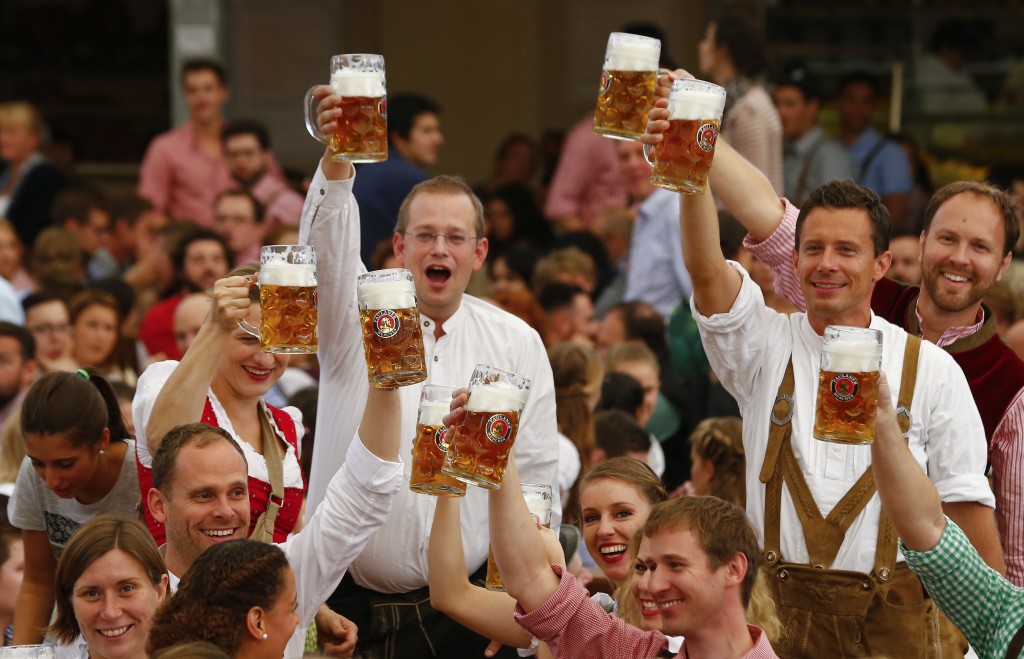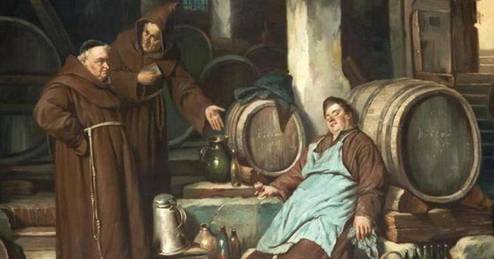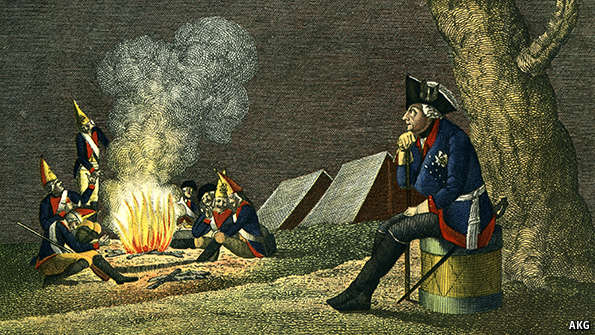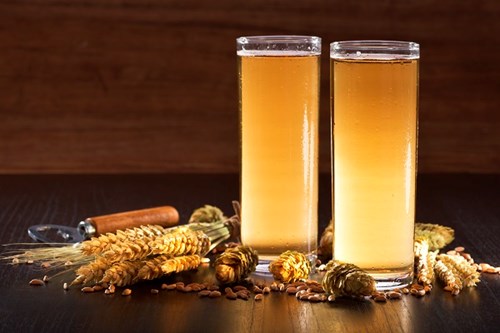Is German Beer that good?
From malt and monks to Radlers and rivalries, the story of German beer is as rich and wonderful as its selection. Here are some of the reasons why German Beer is so good!
Variety
There are so many varieties of German beer that it is said you can try a new one each day for 15 years!
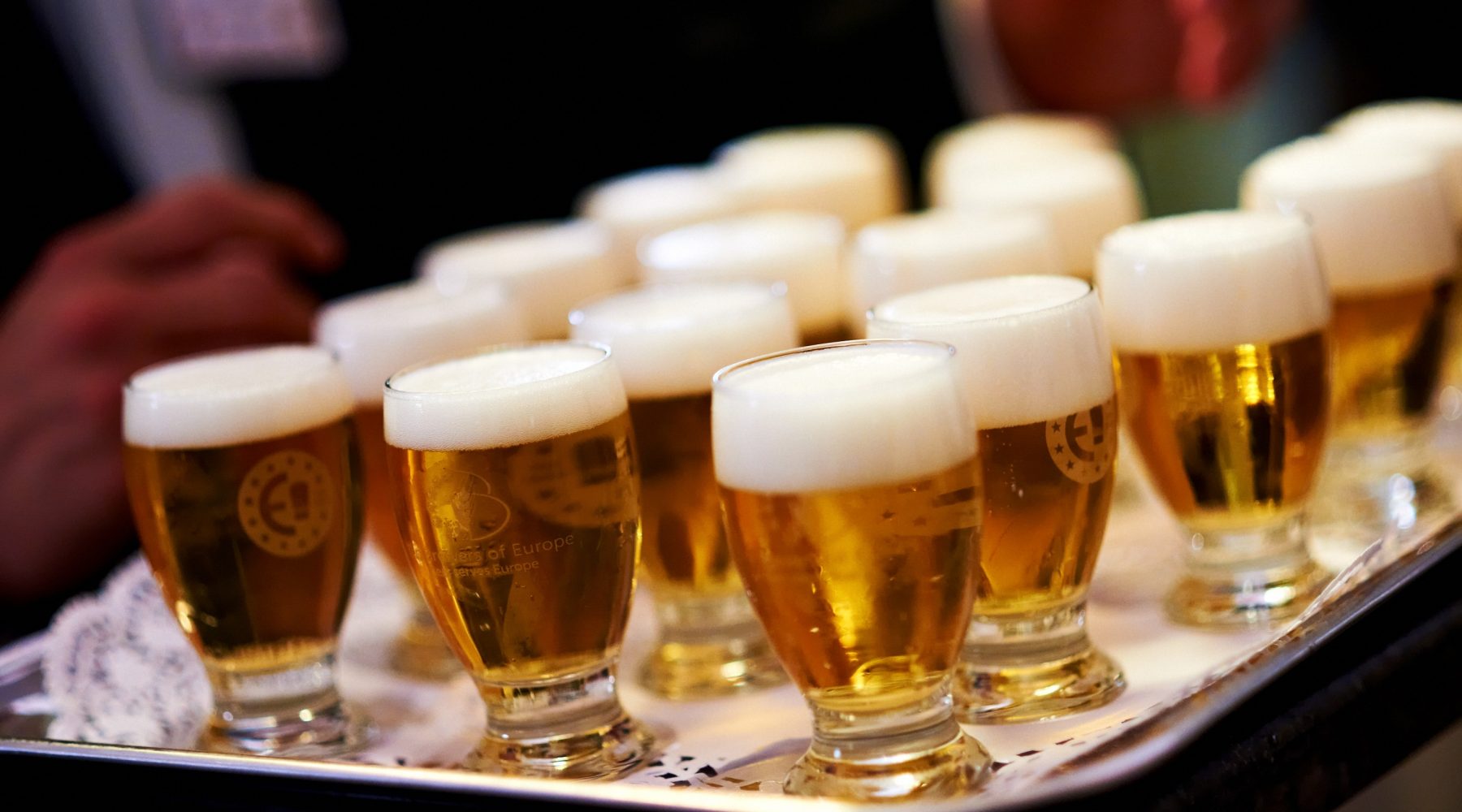 The 1516 Reinheitsgebot (beer purity law) decrees that only hops, barley, yeast and water can be used to brew beer. So you may well think that there is only so long you can drink German beer before you stray onto different more varied alcohols.
The 1516 Reinheitsgebot (beer purity law) decrees that only hops, barley, yeast and water can be used to brew beer. So you may well think that there is only so long you can drink German beer before you stray onto different more varied alcohols.
But with more than 100 different kinds of hops, over 40 sorts of malt, and over 200 yeast strains, the possibilities are nearly endless. Even the different water - especially if it is soft or hard - can change the taste of the beer.
According to the German Brewers Federation, this means that you could drink a different German beer brewed according to the purity law every day for 15 years.
Oldest brewery
The oldest Brewery still in operation in Germany.

There is evidence that the monks at Weihenstephan monastery in Bavaria started to brew beer as early as the eighth century A.D., but the brewery was not officially founded until 1040, when the abbot there obtained a licence to brew and sell beer from the city of Freising.
Weihenstephan was followed only a decade later by the Weltenburg monastery brewery, a stunning abbey on the banks of the Danube (photographed in point five). Although the Weihenstephan brewery was secularized in 1803, it continued to produce beer and became the Bavarian State Brewery Weihenstephan in 1921.
The brewery clearly hasn't lost its touch over the years. At the World Beer Awards in September, four of their beers won awards.
Pilsner beer
Pilsner originated in a town in the Czech Republic
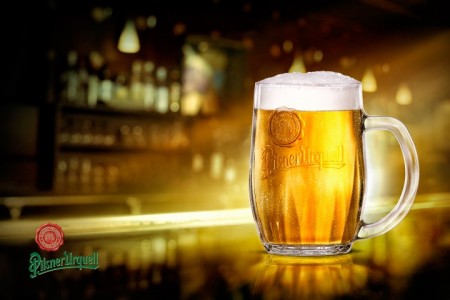
Pilsner, a light beer developed in the 19th century, has the largest market share in beer sold in Germany by quite some distance, but it was invented in a city that’s in the modern-day Czech Republic.
Pilsen, or Plzeň in Czech, is a town in western Bohemia, but was part of the German-speaking Austro-Hungarian Empire in the 19th century. When the city decided to build one big brewery in the 1840s, they invited Bavarian brewer Josef Groll to create a new type of beer – the result was so good it soon spread across Europe.
The popular Pilsner Urquell beer, although a Czech company, has a German name meaning "The original source of Pilsner".
Mixers
Despite the purity law, Germans love mixers with their beer
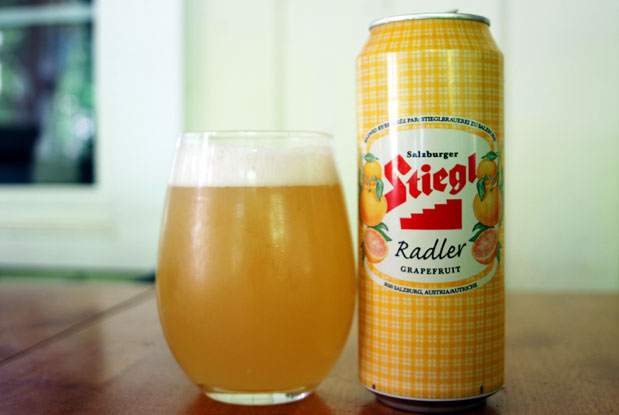
Since Germans are so strict on what can go into their beer, it may seem a little strange that they have so many different beer mixers - and you can buy many of them pre-mixed.
The most well-known is probably the Radler, which is beer mixed with sparkling lemonade. But if you’re in the northwest, it may well be called an "Alster", or a "Panasch" in Saarland, and a "Russe" in Bavaria if it’s mixed with a wheat beer.
And that’s only beer-lemonades, forgetting cola mixers and the rest. It’s now more common to drink a Radler in Germany than in the UK, but it seems that the British 'shandy' has actually been around longer, first written about in the 1850s, according to the Oxford English Dictionary.
Liquid bread
German monks used to call it “liquid bread”
A bit like some of the finest champagnes, most beer started out being brewed in monasteries. Monks used to stew barley and hops in boiling water. At the time, they did not know about the importance of yeast for the fermentation process.
According to the German Brewer's Federation, it was because the monks often brewed beer near bakeries where the surroundings contained more yeast than usual, that the process worked perfectly without them consciously adding it. Apparently they assumed in the early Middle Ages that the fermentation was a miracle. It was only at the end of the 19th century that the necessity of yeast was scientifically proven.
When the monks fasted during Lent for 40 days, bread was not an option, but they could drink beer, so they nicknamed it “Flüssiges Brot” or “liquid bread”.
Royal approval
Frederick the Great was a big fan
Frederick the Great of Prussia banned coffee in 1777, issuing a manifesto to his people.
"It is disgusting to notice the increase in the quantity of coffee used by my subjects… My people must drink beer. His Majesty was brought up on beer, and so were his ancestors."
Having banned coffee, King Frederick's economic policy declared that people should have "beer soup" instead, in order to support the national agricultiral economy, as all coffee was imported from abroad.
Instead, coffee became a black market good – with people smuggling the dark beans into Germany in coal sacks, beer barrels, and even in coffins.
Lower consumption
Germans aren't knocking it back like they used to 
Despite its breweries producing more and more of the stuff, beer consumption in Germany per person is actually declining. In 2015, Germans drank 2.1 billion gallons of the brew, the lowest amount since data was first recorded in 1991.
Per capita consumption has fallen from around 150 litres in the 1970s to 107 litres now.
But this is nothing on the decline since 1864, if American journalist Andrew Broeck is to be trusted. In an article in The Atlantic that year, he described how “a man is scarcely reckoned with the real drinkers until he drinks six masses [a mass is a litre] … ten masses are not uncommon, twenty to thirty masses... are drunk by some, on a wager much more.”
Worlds apart
Cologne and Düsseldorf are worlds apart in beer terms
Cologne and Düsseldorf are next door neighbours, but there has always been a rivalry between the two. Whereas Cologne has a long and rich history, and its people regard themselves as easy and laid back, Düsseldorf is more modern, smarter and ritzier.
Aside from the football and ice hockey rivalries, their beers are also different. Kölsch (from Cologne) is a light lager, whereas Düsseldorf’s Altbier (literally old beer) is much darker and more of an ale. Früh, one of Cologne’s breweries, mocks Altbier in its adverts such as the one above, which says "Before it gets old".
Cologne band the Wise Guys also sang about a girl from Düsseldorf in their song "Nein, Nein, Nein": “I’ve got to go, I’m not the man who’s going to travel to a town where the beer tastes just like its name.”
But as it turns out, the rival beers are actually more alike in flavour than locals would like to believe. A study published in August found that when die-hard Cologne and Düsseldorf beer fans were blindfolded and asked to do a taste test, they virtually couldn't tell the beers apart.
Pilsner or Weizen?
It all depends on the yeast
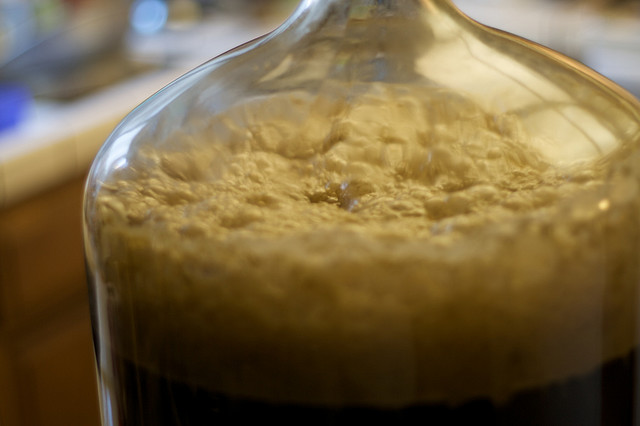
Beer production is no simple process, but the main distinction between German beers is whether it is made through top-fermentation or bottom-fermentation.
Without getting bogged down in all the details, top fermentation uses a different strain of yeast that works at a warmer temperature at the top, and vice versa with bottom fermentation. So, darker and more bitter ales, as well as Hefeweizen, are produced through the former, and the lighter lagers like Pilsner are produced through bottom-fermentation.
Make sure you're using the right glass!
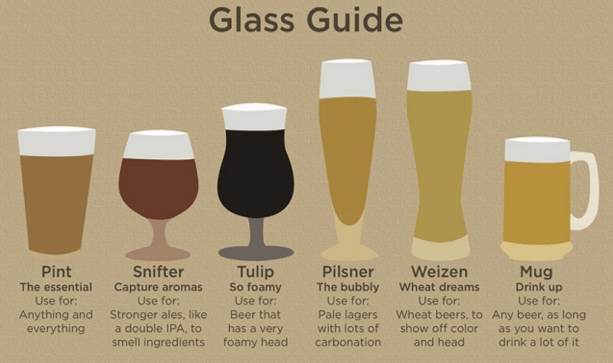
Enjoy the tastes of Germany's many different beers on a wunderbar Tour in Germany
